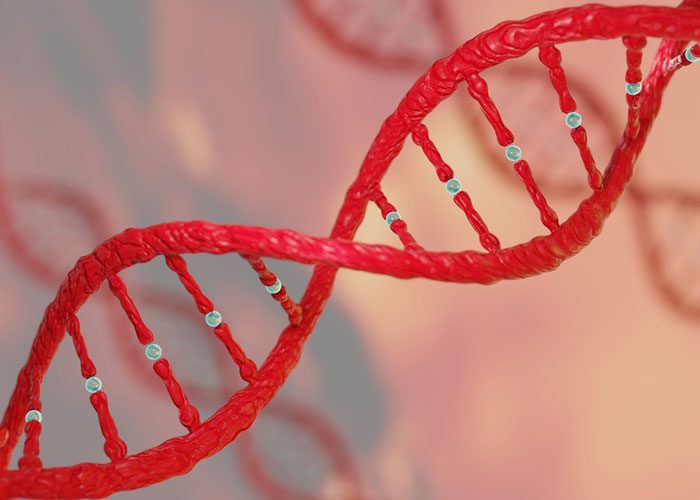CRISPR engineered to edit single RNA letters
Posted: 26 October 2017 | Dr Zara Kassam (Drug Target Review) | No comments yet
New ‘REPAIR’ system edits RNA, rather than DNA, without permanently affecting the genome…


Researchers have engineered a new molecular system for efficiently editing RNA in human cells. RNA editing, which can alter gene products without making changes to the genome, has profound potential as a tool for both research and disease treatment.
The ability to correct disease-causing mutations is one of the primary goals of genome editing
Dr Feng Zhang and his team describe the new CRISPR–based system, called RNA Editing for Programmable A to I Replacement, or “REPAIR.” The system can change single RNA nucleosides in mammalian cells in a programmable and precise fashion.
REPAIR has the ability to reverse disease-causing mutations at the RNA level, as well as other potential therapeutic and basic science applications.
“The ability to correct disease-causing mutations is one of the primary goals of genome editing,” said Dr Zhang, a core institute member at the Broad Institute and investigator at the McGovern Institute for Brain Research at MIT. “So far, we’ve gotten very good at inactivating genes, but actually recovering lost protein function is much more challenging. This new ability to edit RNA opens up more potential opportunities to recover that function and treat many diseases, in almost any kind of cell.”
REPAIR has the ability to target individual RNA letters, or nucleosides, switching adenosines to inosines. These letters are involved in single-base changes known to regularly cause disease in humans. In human disease, a mutation from G to A is extremely common; these alterations have been implicated in, for example, cases of focal epilepsy, Duchenne muscular dystrophy, and Parkinson’s disease. REPAIR has the ability to reverse the impact of any pathogenic G-to-A mutation regardless of its surrounding nucleotide sequence, with the potential to operate in any cell type.
Unlike the permanent changes to the genome required for DNA editing, RNA editing offers a safer, more flexible way to make corrections in the cell. “REPAIR can fix mutations without tampering with the genome, and because RNA naturally degrades, it’s a potentially reversible fix,” explained co-first author Dr David Cox.
To create REPAIR, the researchers systematically profiled the CRISPR-Cas13 enzyme family for potential “editor” candidates. They selected an enzyme from Prevotella bacteria, called PspCas13b, which was the most effective at inactivating RNA. The team engineered a deactivated variant of PspCas13b that still binds to specific stretches of RNA but lacks its “scissor-like” activity, and fused it to a protein called ADAR2, which changes the nucleoside adenosine to inosine in RNA transcripts.
In REPAIR, the deactivated Cas13b enzyme seeks out a target sequence of RNA, and the ADAR2 element performs the nucleoside conversion without cutting the transcript or relying on any of the cell’s native machinery.
The team further modified the editing system to improve its specificity, reducing detectable off-target edits from 18,385 to only 20 in the whole transcriptome. The upgraded incarnation, REPAIRv2, consistently achieved the desired edit in 20 to 40 percent — and up to 51 percent — of a targeted RNA without signs of significant off-target activity. “The success we had engineering this system is encouraging, and there are clear signs REPAIRv2 can be evolved even further for more robust activity while still maintaining specificity,” said researcher Omar Abudayyeh.
To demonstrate REPAIR’s therapeutic potential, the team synthesised the pathogenic mutations that cause Fanconi anemia and X-linked nephrogenic diabetes insipidus, introduced them into human cells, and successfully corrected these mutations at the RNA level. To push the therapeutic prospects further, the team plans to improve REPAIRv2’s efficiency and to package it into a delivery system appropriate for introducing REPAIRv2 into specific tissues in animal models.
The study has been published in Science.
Related topics
CRISPR, Genetic analysis, Genome editing, Genomics
Related conditions
Duchenne muscular dystrophy, Parkinson's disease
Related organisations
Massachusetts Institute of Technology, The Broad Institute
Related people
Dr David Cox., Dr Feng Zhang, Jonathan Gootenberg, Omar Abudayyeh



